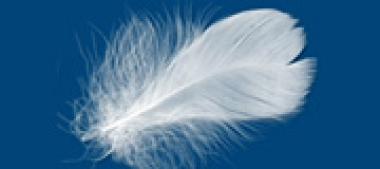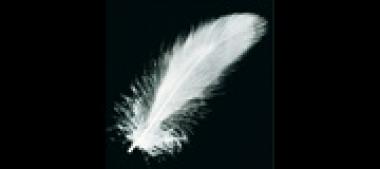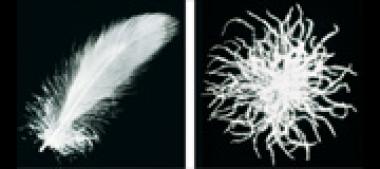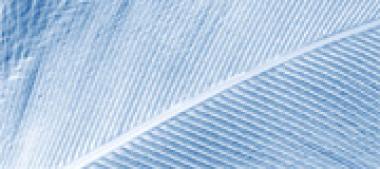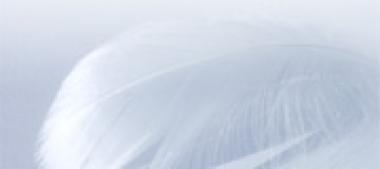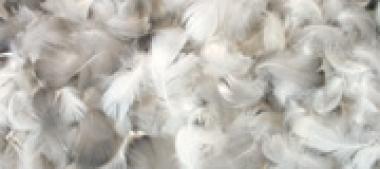What are feathers?
Feathers form the main outer protection of the bird´s body. Feathers have a flat, two-dimensional shape with a continuous quill in the middle that is basically a shaft. Fine closely spaced feather barbules grow from the shaft. These barbules are also called vane.













